Zamosc Ghetto
In south-eastern Poland lies the city of Zamosc, which at the time of the outbreak of the Second World War in September, 1939, had a Jewish population of about 12,500, which corresponded to more than 40 percent of the total population. The Jews had a great influence on Zamosc’s economic, cultural, religious and social life. On September 14, the city was occupied by the Germans, but only a few days later it was handed over to the Soviet Union, which had invaded Poland from the east. But in accordance with the Molotov-Ribbentrop pact, Zamosc was again handed over to the Germans two weeks later. When the Soviet Union withdrew, about 5,000 Jews came to escape the Germans.
In connection with the german return to the city, anti-Jewish laws were introduced that restricted or deprived all economic, legal, cultural, religious and social rights for Jews. A jewish council was introduced on German initiative in December 1939 with the task of implementing anti-Jewish laws into practice. In 1940, there were about 4,000 Jews registered in Zamosc. The Jews were also forced to wear a white armband with a star of David as identification when they were outdoors. All Jewish men between the ages of 14 and 60 had to register for slave labor. These were used in, for instance, the construction of defense facilities along the new border with the Soviet Union.
In 1941, the city’s Jews were forced to move to a poor part of the city where a ghetto had been established. The homes were substandard and the overcrowding was palpable, which led to a misery where diseases spread uninhibitedly. The ghetto was not cordoned off in the sense that it was surrounded by fences or a wall, but it was only permitted with special documents for Jews to leave and enter the ghetto. Jews illegally staying outside the ghetto could expect severe punishment or even death penalty. Since it was not a closed ghetto, local Poles were able to bring certain supplies into the ghetto that was not possible in closed ghettos. In addition to Jews from Zamosc, Jews from nearby villages and towns were also brought to the ghetto in Zamosc. In the summer of 1941, the number of Jews was about 7,000.
In 1942, the Germans begun to liqudate the ghetto. On April 11, Police and SS troops entered the ghetto and brought the Jews from their homes and assembled them in a square. Several Jews tried to hide and those who were discovered or refused to come voluntarily were shot on the spot. In the evening, the assembled Jews were forced to go to the Starowka station, and about 3,000 Jews were deported to the Belzec extermination camp, about fourt kilometres southeast of Zamosc, where they were murdered in the camp’s gas chambers. Deportations continued until October 1942, and in addition to Belzec, Jews were also deported to Sobibor extermination camp. In mid-October 1942, the Zamosc ghetto was finally liquidated. About 4,000 Jews were brought to the square and forced to march to the ghetto in Izbica, about twenty kilometres north of Zamosc. From there, they were gradually deported to Belzec or Sobibor and murdered.
Current status: Preserved with monument (2023).
Address: Peowiaków 78, 22-400 Zamosc (Starowka station).
Get there: Walk from central Zamosc.
Follow up in books: Gilbert, Martin: The Holocaust: A History of the Jews of Europe During the Second World War (1987).
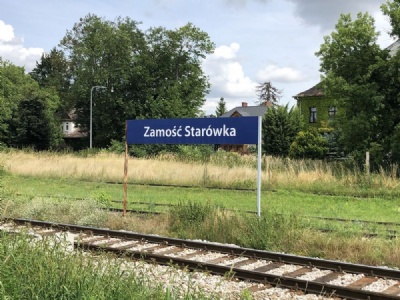
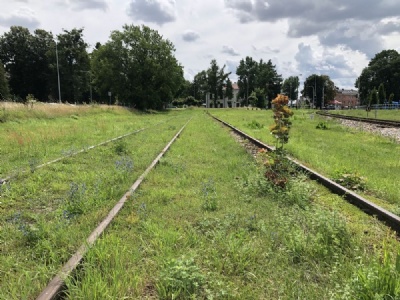
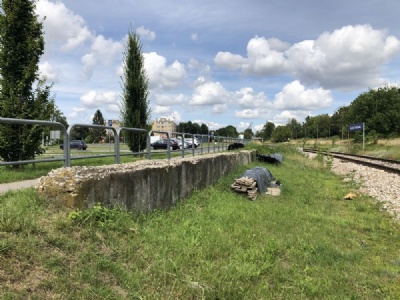
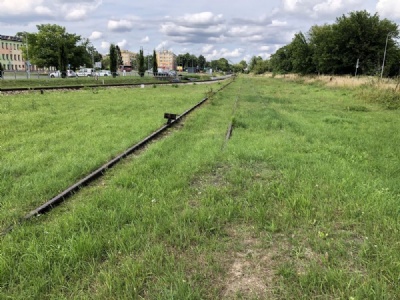
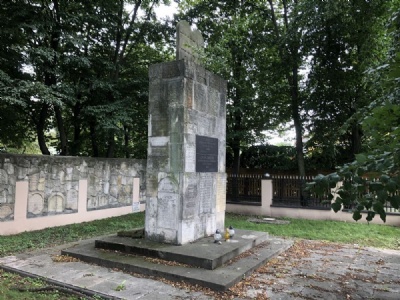
At Starowka station, the old tracks are still there alongside the new ones. Parts of the old ramp/platform are also preserved. Train traffic seems to be limited and you can walk around the area fairly risk-free. Just the fact that the old tracks are still there, albeit a bit overgrowth of grass and a bit of light decay, makes history come closer. About 400 meters north of the station, at 24 Prosta, 22-400, Zamosc, there is a memorial dedicated to the Holocaust of the Jews in Zamosc.